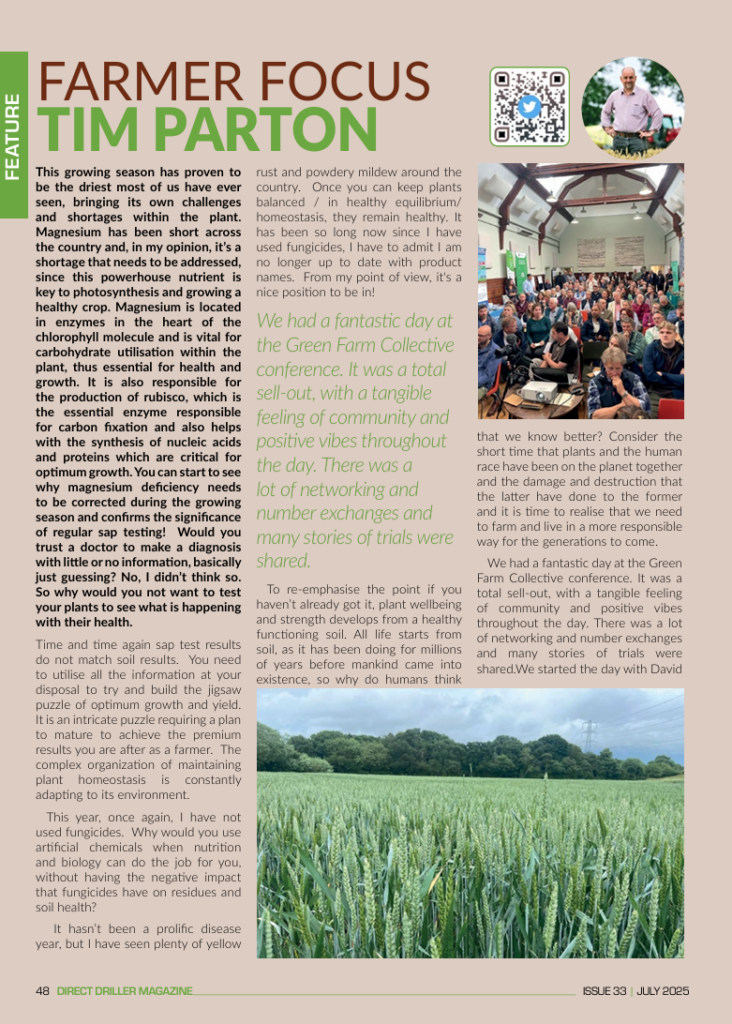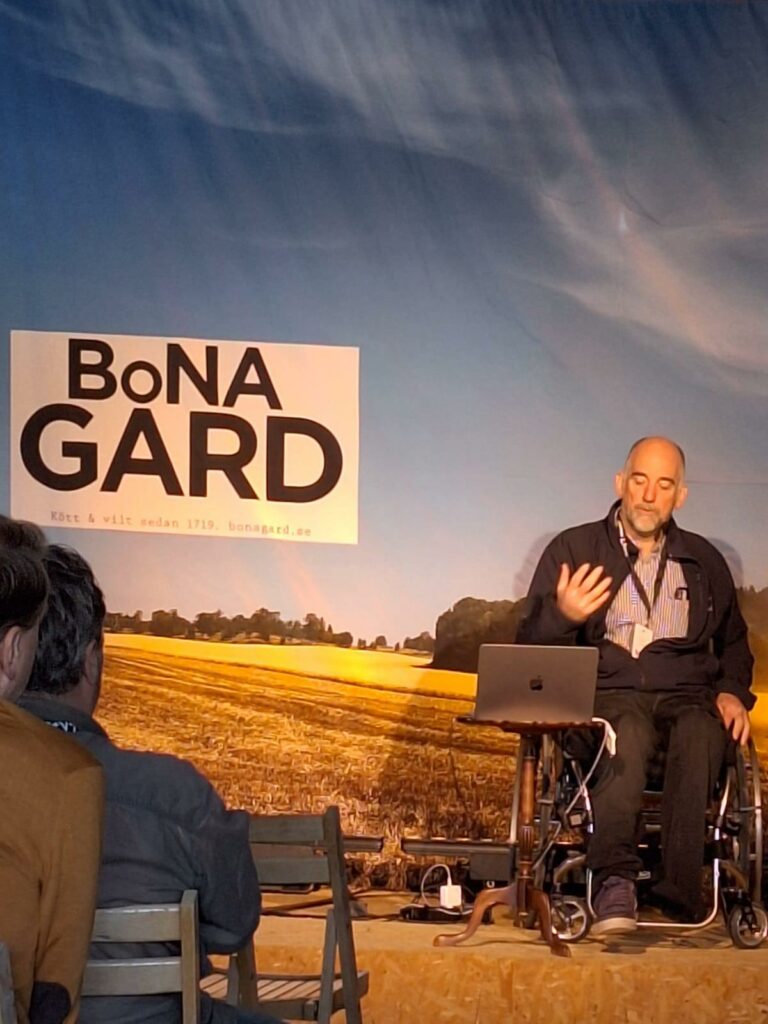This growing season has proven to be the driest most of us have ever seen, bringing its own challenges and shortages within the plant. Magnesium has been short across the country and is a shortage that needs to be addressed, in my opinion, since to grow a healthy crop, magnesium is the power house of the plant involved in photosynthesis. Magnesium is located in enzymes in the heart of the chlorophyll molecule and is vital for carbohydrate utilisation within the plant, thus essential for health and growth. Magnesium is responsible for the production of rubisco, which is the essential enzyme responsible for carbon fixation and also helps with synthesis of nucleic acids and proteins which are critical for optimum growth. You can start to see why magnesium deficiency needs to be corrected during the growing season and confirms the significance of regular sap testing! Would you trust a doctor to make a diagnosis with little or no information, basically just guessing? No, I didn’t think so. So why would you not want to test your plants to see what is happening with their health.
Time and time again sap test results do not match soil results. You need to utilise all the information at your disposal to try and build the jigsaw puzzle of optimum growth and yield and it is an intricate jigsaw puzzle requiring a plan to mature to achieve the premium results as a farmer, you are after. The complex organization of maintaining plant homeostasis is constantly adapting to its environment.
This year, once again, I have not used fungicides. Why would you use artificial chemicals when nutrition and biology can do the job for you, without having the negative impact that fungicides have on residues and soil health?
It hasn’t been a prolific disease year, but I have seen plenty of yellow rust and powdery mildew around the country. Once you can keep plants balanced / in healthy equilibrium/ homeostasis, they remain healthy. It has been so long now since I have used fungicides, I have to admit I am not up to date with product names anymore. What a nice position for me to be in, from my point of view.
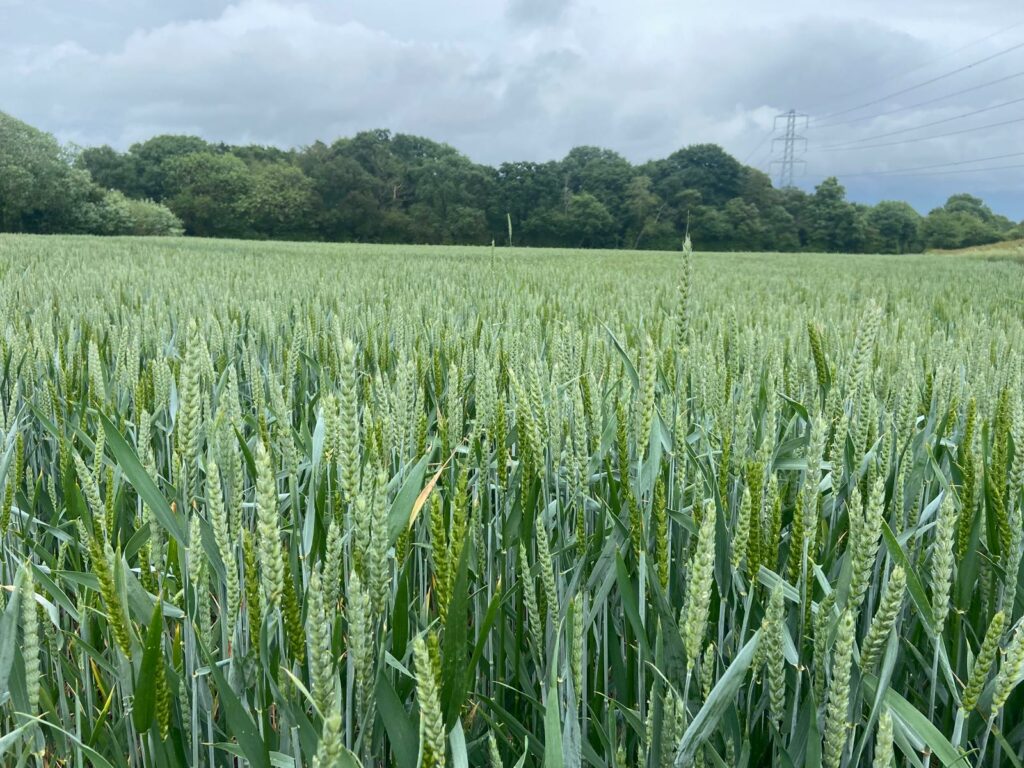
To re-emphasize the point if you haven’t already got it, plant wellbeing and strength develops from a healthy functioning soil; all life starts from soil as it has been doing for millions of years before mankind came into existence, so why do humans think that we know better? Consider the short time that plants and the human race have been on the planet together and already the damage and destruction that the latter have done to the former and it is time to realise that we need to farm and live in a more responsible way for our generations to come.
At the Green Farm Collective conference, which was a total sell out we had a fantastic day, with a tangible feeling of community and positive vibes throughout the day, with lots of networking going on and many stories of trials and number exchanges going on.
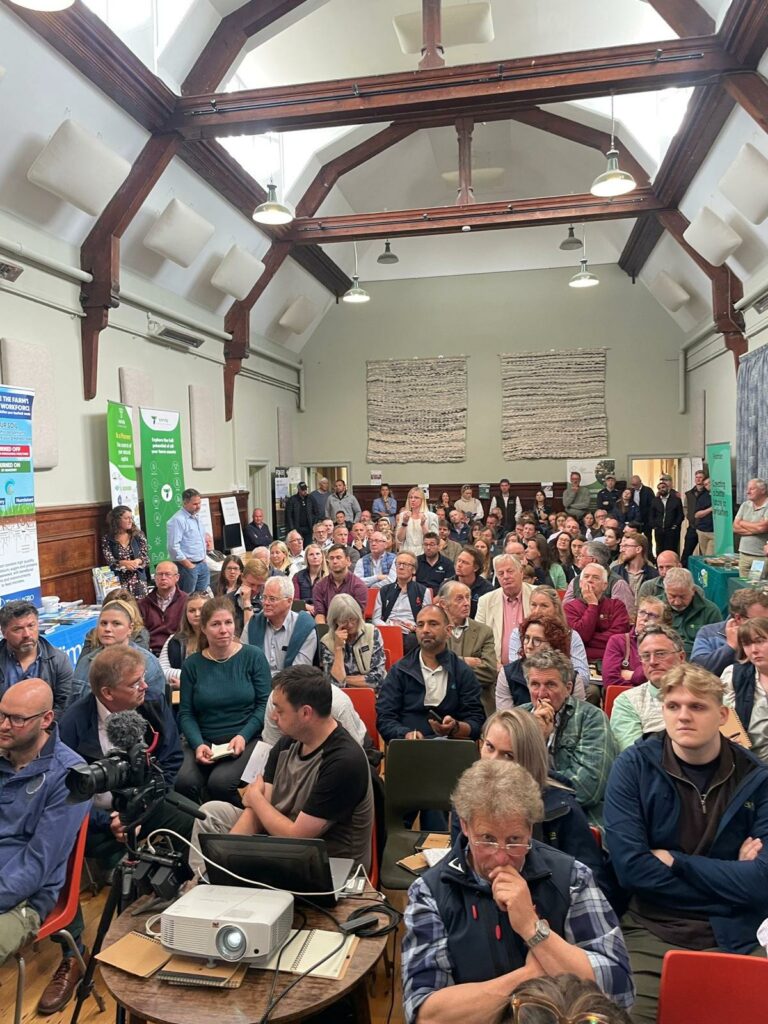
We started the day with David Purdey who gave an excellent talk on his work at Lamport , showing the importance of cover crops to improve the soil; something which I definitely agree with as I have seen the benefits myself here and why I always see cover crops at the heart of what I do. I have every field growing a cover crop on it within a twelve month period. It is always all about getting carbon back into the soil, something which I spoke about when presenting Eddie Bailey’s (from “Rhizophyllia”) talk. Eddie had unfortunately double booked himself and ended up having to go on holiday, which was booked pre covid. How could he choose that when he could have been at the GFC conference! I mean, come on Eddie! But no, joking aside, I enjoyed presenting Eddie’s work who has been a top geologist for his working career and has seen many soils over that time, all which are depleted and not functioning. This is the state we find ourselves in after much mistreatment of our soil from deep tillage and excessive use of nitrogen, something which a working soil cannot cope with. Thus leading to the food chain within the soil getting broken and nutrients being unavailable.
Then came Mathew Adams from “Growing Real Food for Nutrition” (GRFFN), who has done a lot of work testing food from working soils, starting out using hi-tech machinery, but then more recently using a refractometer alongside one of the most underrated, yet sophisticated bit of equipment that we all possess – our sense of taste. Who would have thought that the best bit of equipment and technology is sitting right on top of our neck! Mathew has done a lot of work out in India proving just that – that our own taste buds are the best tool to measure the goodness and quality of food; by measuring the sugars in plants which correlates to taste and all those phytochemicals that are stored within that plant ready to regenerate our bodies, plus all the extra nutrients that come with them from a functioning soil. It was a really informative presentation.
At lunch time Mathew followed his presentation by doing a taste session of four different breads of similar type. One of the loaves being baked by my own fair hands using our certified regenerative flour from GFC: this was really putting myself on the line! Yet unsurprisingly, the GFC loaf using certified regenerative flour from GFC got half of all the votes cast and was the clear taste winner on the day (thank you Lord)! That was such a lovely feeling and brought a sense of pride to me that I hadn’t felt for a long time. It has been such a journey to get our GFC flour to the marketplace and the four of us (Angus, Jake, Mike and I) have put a lot of energy into making this happen. Anything can be achieved if you have the vision and energy to make it happen.
Arable farming is still in a perfect storm and I feel any extra income that we can generate from our flour for regenerative members will be very welcome and one way I can see farmers getting over the loss of income from depleted government support. The one thing we must all stand together on is that we don’t sell ourselves short on carbon neutral products, since interest is growing rapidly on the carbon footprint of crops/food. We must not let the rewards slip through the net without financial increase. No other profession can regenerate the planet and its inhabitants like a farmer, so we must make sure the work that we are doing is rewarded appropriately.
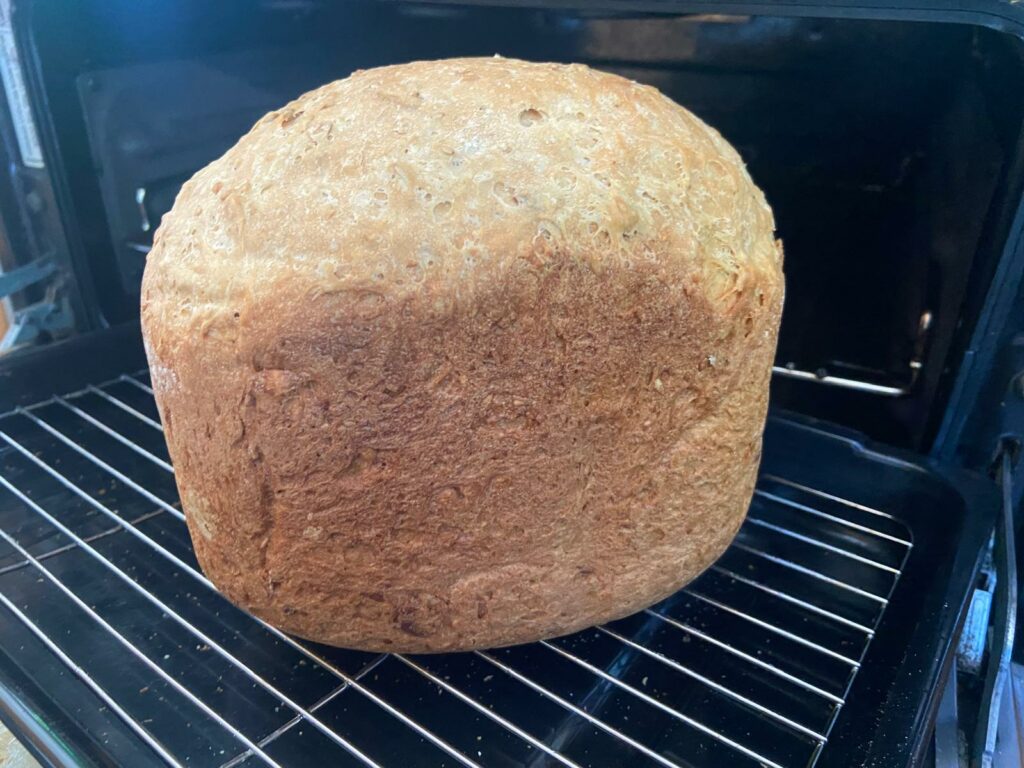
I have also been fortunate enough to have been invited to speak in Sweden at the Bona Forum Soil Health Conference. It was a fantastic couple of days, plus a shock to see crops with ample water, at least a month behind our crops here. Sweden’s growing season is shorter than ours so brings different challenges, as do all countries around the world wherever I go, but the constant common factor of all the soils I see is the declined quality brought about from the chemical farming system we have been implementing over the last 80 years. All lands need carbon to be replaced in soil along with the microbes to process it. We cannot waste a minute in my opinion to start regenerating all of the soils that are used in agriculture. Wherever I go there is always someone to say regenerative practices won’t work here, which always makes me smile since it’s been working for millions of years, so why is it going to suddenly stop working? We may have to approach it with different methods or from a different angle, but regenerative farming succeeds everywhere. You just sometimes need to think about the approach that is needed. A working soil always amounts to a profitable business and that combination is essential in the chaotic times that we find ourselves in at the moment. Never has it been more important to have your business in good order.
There may be tough times ahead with this current government, but as always, I am sure, collectively as a profession, us farmers will not only get through, but will show the way for generations to come.
